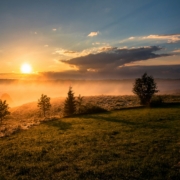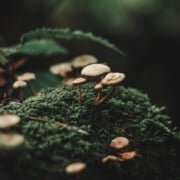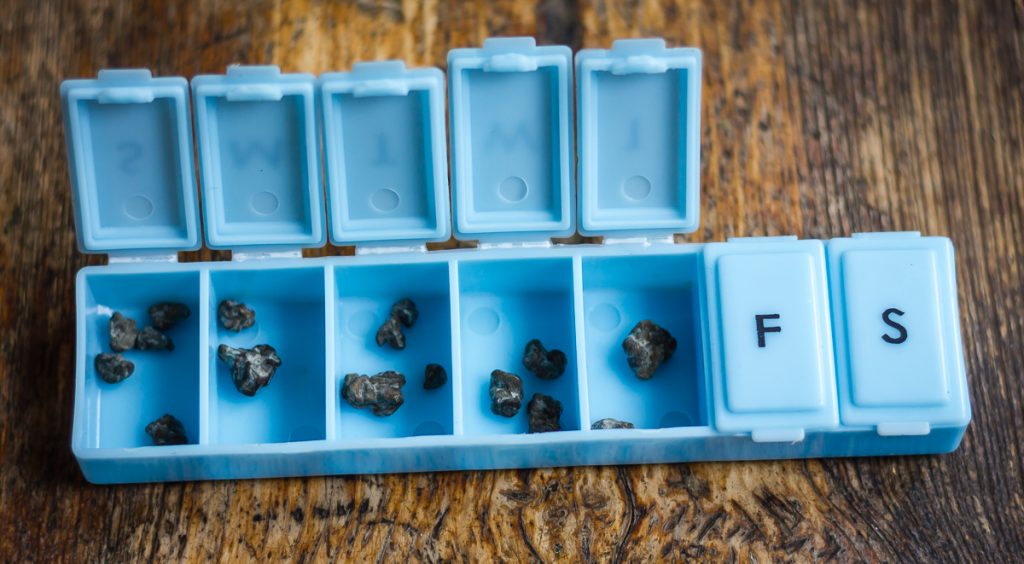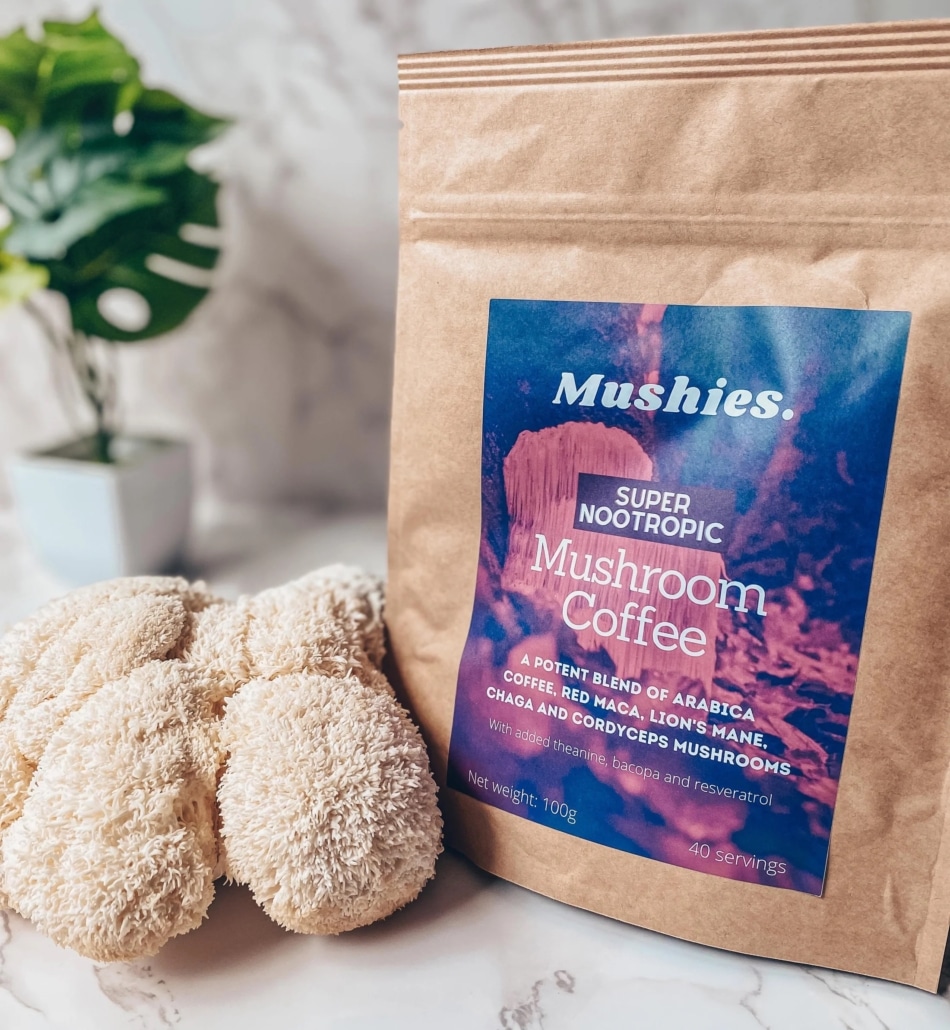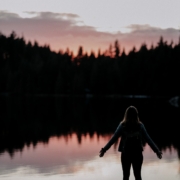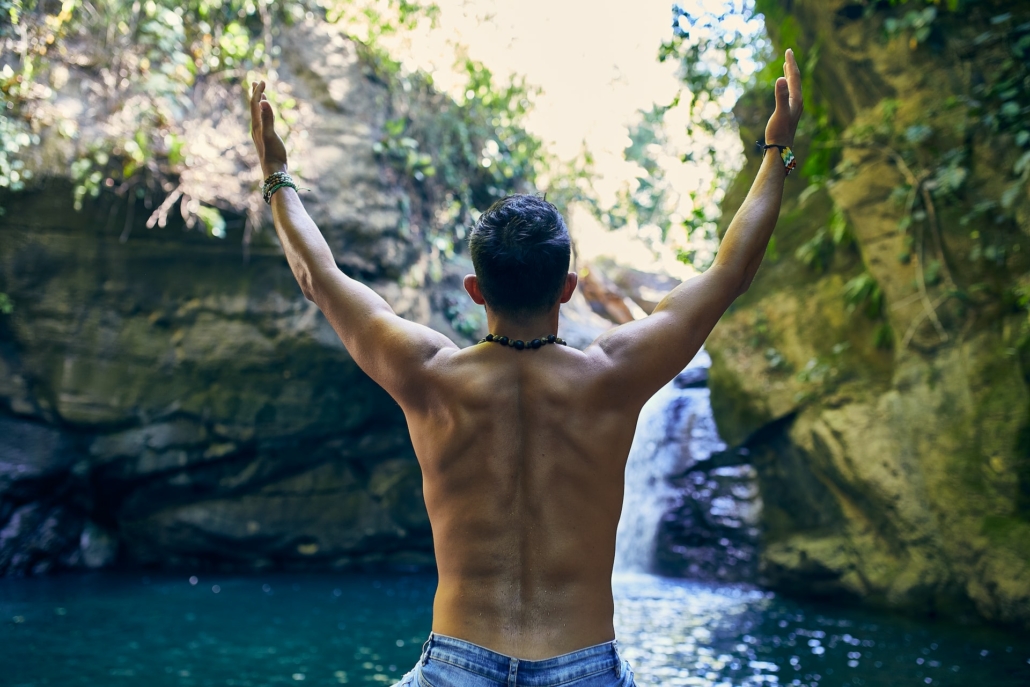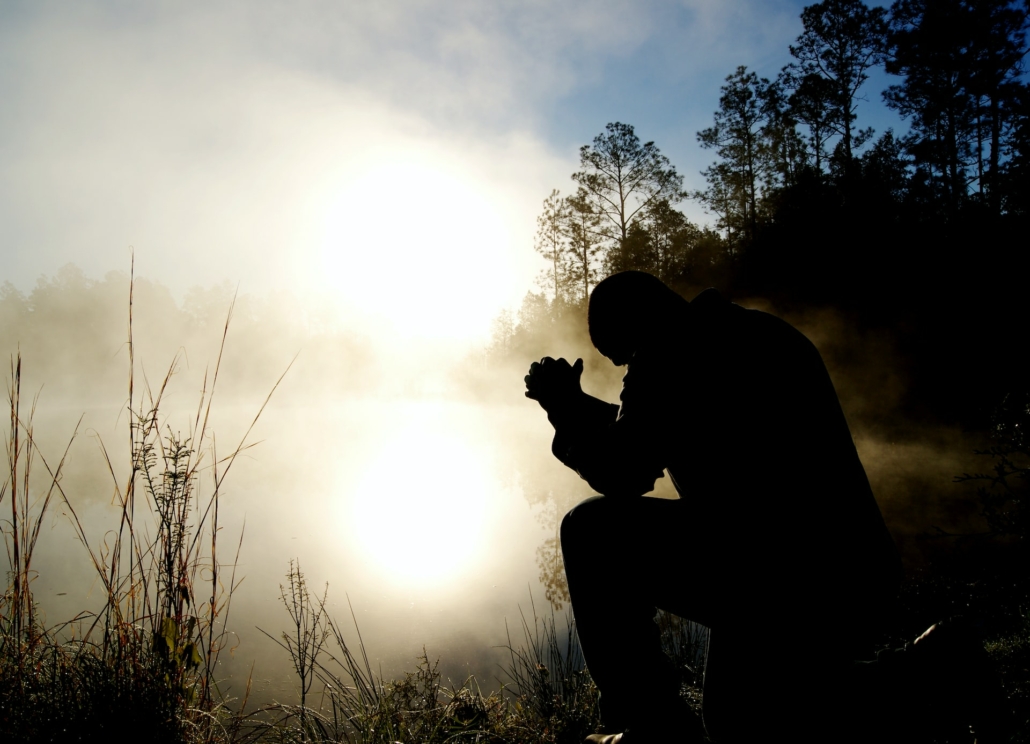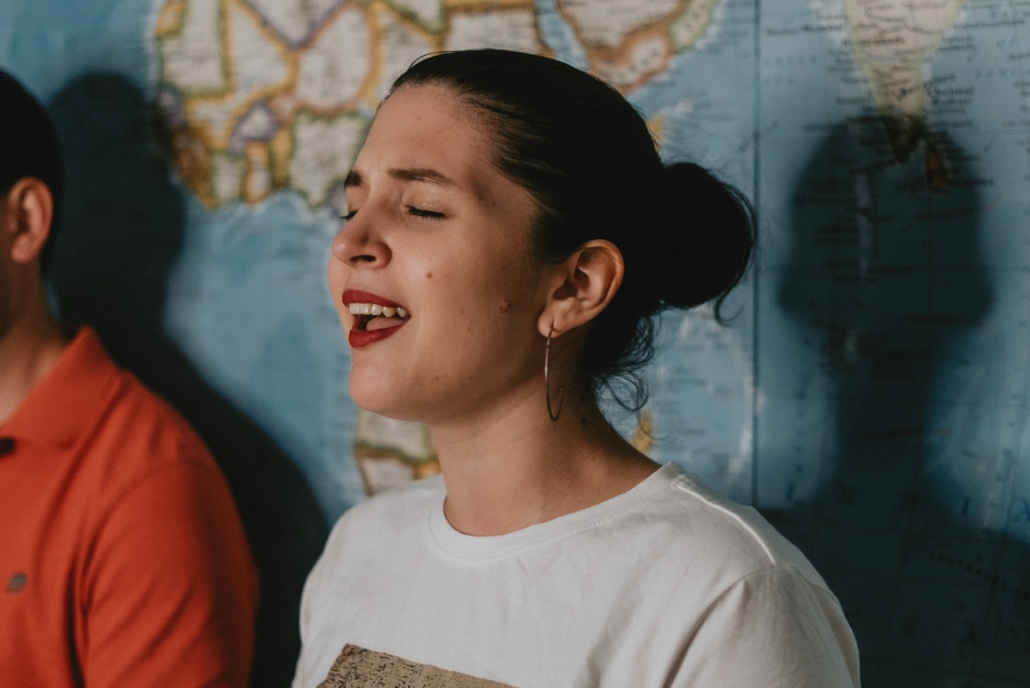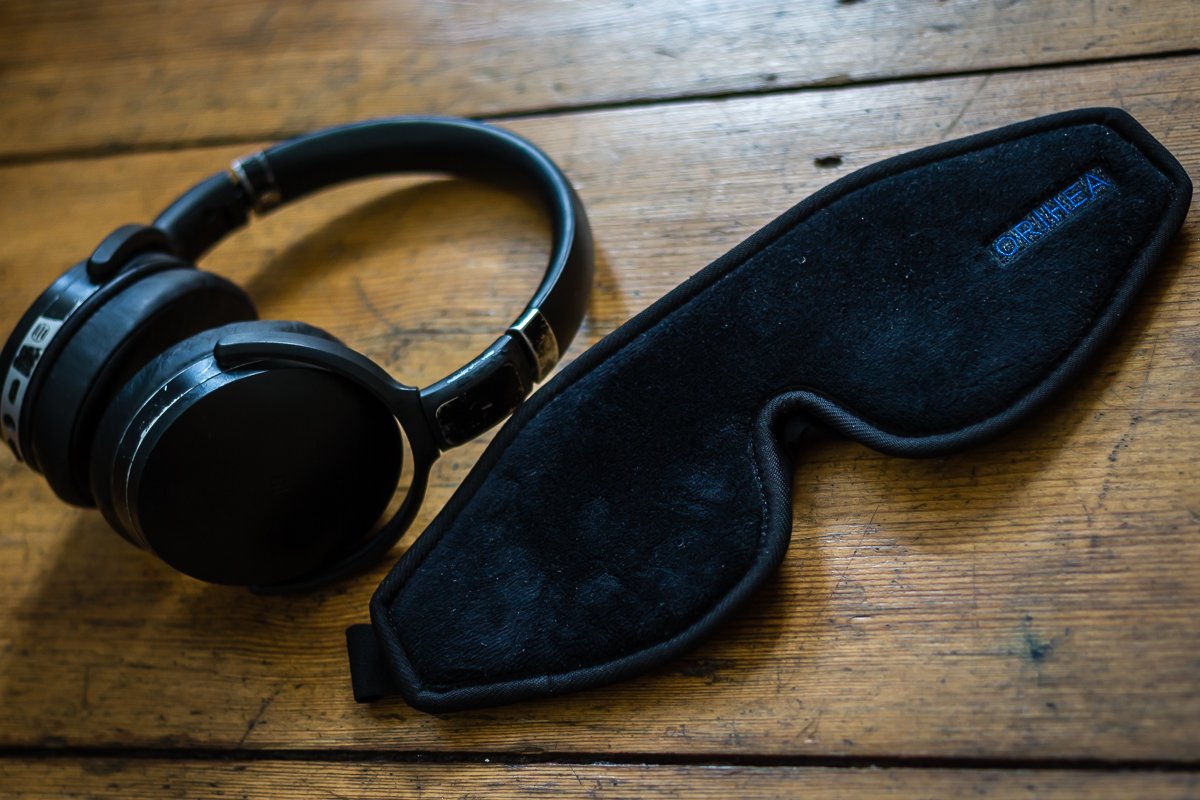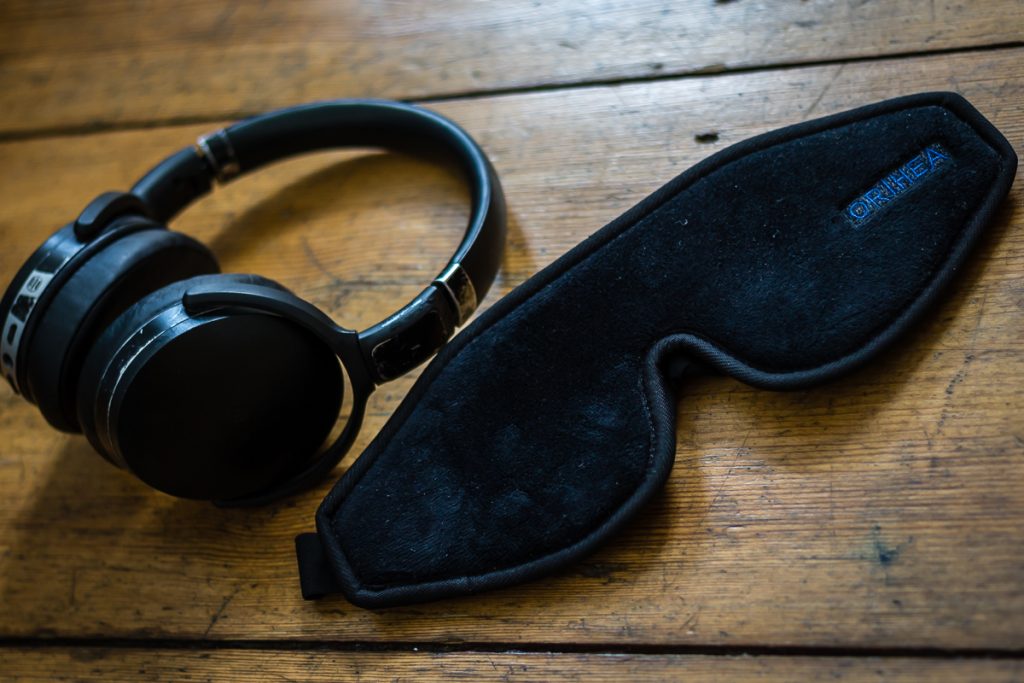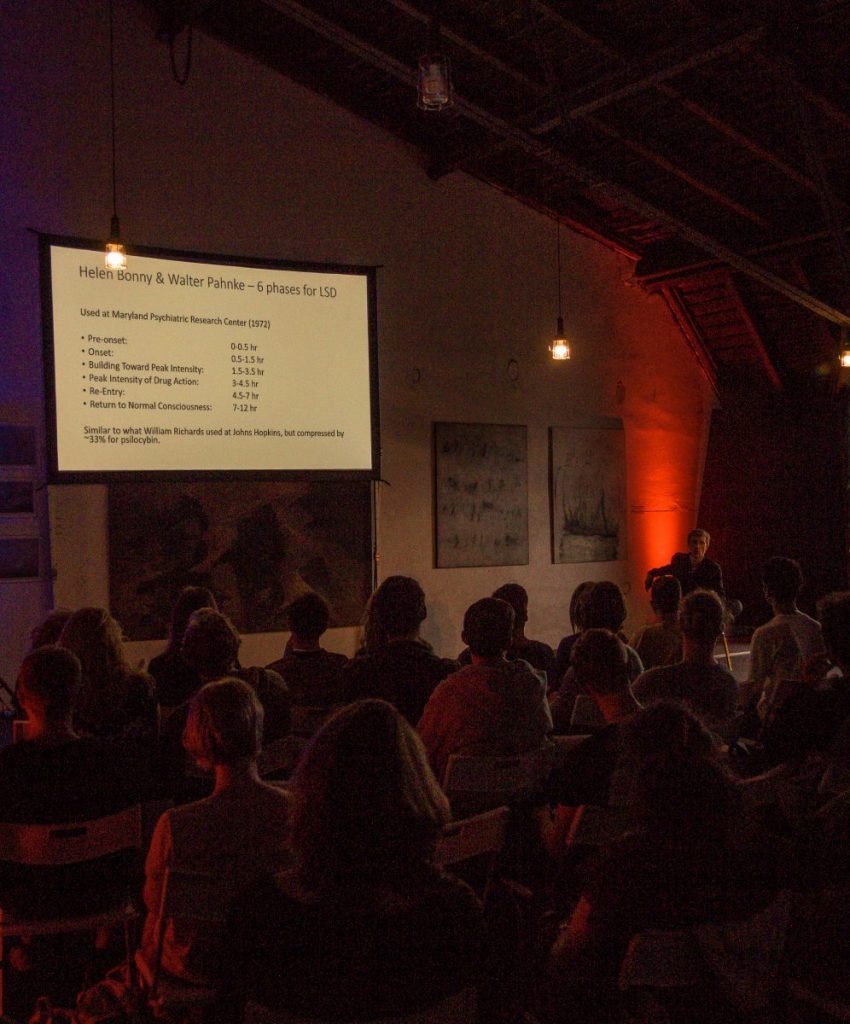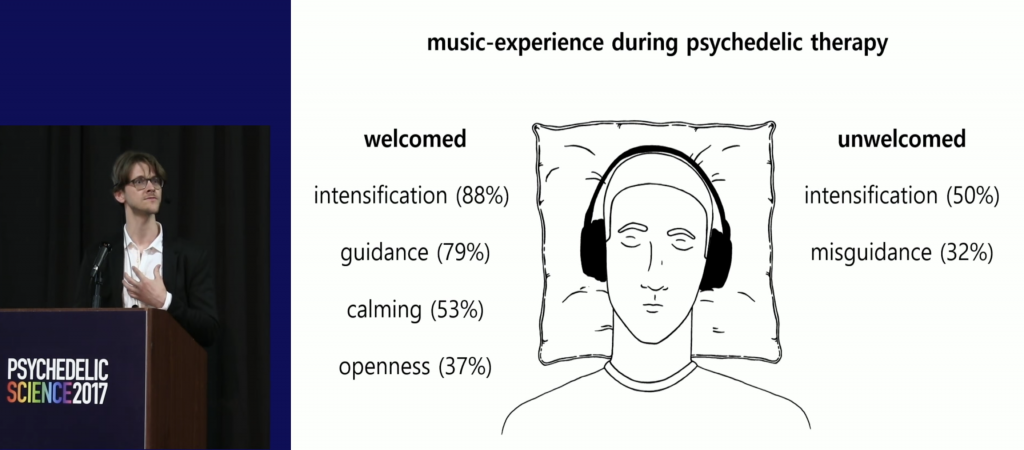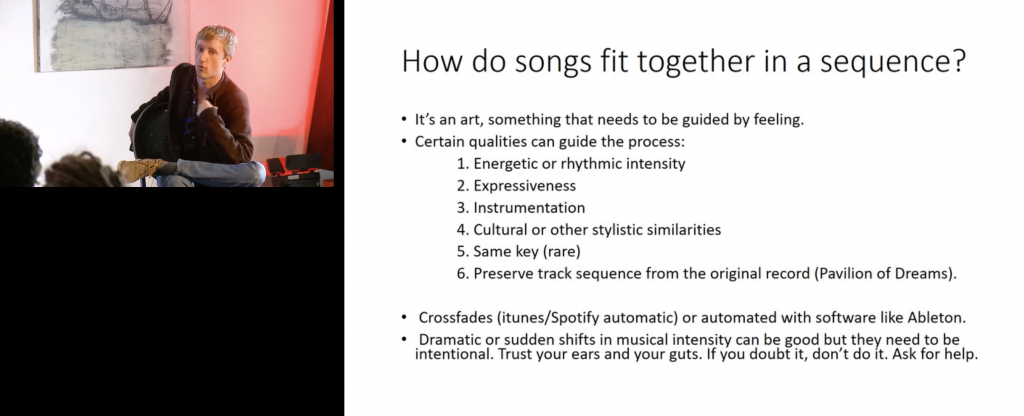High doses are often seen as the ‘end goal’ of psychedelics.
Some psychonauts even have some level of pride around taking big doses. And while I certainly appreciate the benefits of a high-dose session, they are not the be-all and end-all of psychedelics.
Micro, mini and low doses-tiny to small amounts of psychedelics-can also bring a lot of value and benefit to our lives. It’s an area of psychedelics I’ve come to appreciate more over the last couple of years as I’ve expanded my repertoire beyond classic high-dose journeys.
Whilst high doses plunge us into deep journeys where it’s best to just lay back and take the ride, mini doses offer us the chance to explore activities and have other types of experiences.
Whether it’s psilocybin shrooms or LSD, in this mode, psychedelics can act as an enhancer, enriching and deepening our experience of other activities.
What type of activities? I’m glad you asked.
In this blog post, I will offer 6 types of activities that you may like to try with microdoses or mini-doses. We’ll look at nature connections, creative experiments, mindfulness, physical activities, learning, and social experiments. I’ll dive into each and offer you some ideas to help you get started. Then I’ll end with a couple of key considerations for your explorations.
And yes, I’ve tried them all!
As ever, I hope that this will help you to have more fruitful and beneficial psychedelic experiences.
Let’s get started…
1. Nature Connection
Time in nature has been shown to have many benefits on mental and emotional well-being. Adding a pinch of psychedelic to nature time is a classic combination for good reason: the benefits and enjoyment can be increased with a small dose.
The expanded awareness from a small dose can help us tune in more fully to our natural surroundings and deepen our appreciation of them. Connecting with fresh air and greenery can be rejuvenating and restorative. And something about nature can help us tune into the majesty of the natural world, the wonder of the universe, and the mystery of life. That sense of awe can be a key catalyst in positive psychedelic experiences.
The grandness and scale of nature can also help us to get a perspective on things. And, if we’re struggling with something about ourselves, in its unwavering presence, we can always rely on nature to fully accept us as we are.
You might explore parks, nature trails, national parks, or botanical gardens. If you’re heading out for the day, be sure to take the basic necessary precautions.
2. Creative Experiments
Engaging in creative endeavours or experiments can be an enjoyable activity whilst in a different state of awareness.
If you’re painting or working with crayons, you might have a deeper appreciation or joy at seeing how the colors fall onto the page, or how they mix together. I have loved seeing the ink spill from a pen and onto paper, seeing the lines appear before my eyes, like magic, to form an image.
If you’re a musician, you might like to experiment with your instrument.
Lower doses can be great for ideation, too. You might have new perspectives and insights bubbling up for your creative work. If you have a topic or project you’d like to expand your thinking or ideas on, take a pad and paper, and invite in any and all ideas. I’d recommend not to put a limit in this ideation stage: don’t judge your ideas, or put limits on them with voices like ‘that’s unrealistic’. Just allow your mind to explore.
You might try brainstorming under these loose topics:
Way to improve your social life/finances/health
Ideas for your next – song/poem/performance/drawing/piece of art/birthday gift
Your level of dose will affect the level of your ability to use specific tools, so take this into account. If writing is hard, you might dictate or speak directly to ChatGPT and ask it to summarize your thoughts for you.
If using paints or colours, just remember to take care of your setting so you don’t make too much of a mess.
3. Mindfulness Meditation
Why not combine psychedelics with another consciousness-expanding technology? I’m talking about meditation or breathwork.
A mini-dose can help us start at a slightly more expanded state to begin our meditation and may help to experience something deeper in our sit.
One study done in Switzerland, and documented in the great film Descending The Mountain, had long-term meditators take a dose of psilocybin and meditate in their monastery in the mountains. Their rates for peak experience were higher than in any other study! Though this study was done with high doses, I think it illustrates the potential of combining psychedelics with meditation.
Lower doses can also help us go deeper into other meditative practices like loving-kindness, tonglen, RAIN, or self-inquiry.
Breathwork can be used to intensify an experience, and has the added safety measure that you stop doing it if it’s getting too intense for you, and allow your experience to calm down again.
Take into account that it may be difficult to retain your focus whilst on a dose, so don’t be hard on yourself if you find it extremely hard and your mind keeps walking off.
4. Physical Activities
Of course, this comes with the usual caveat of being careful. But some physical activity with psychedelics can be a wonderful combo.
Yoga, much like meditation, is traditionally a spiritual discipline that can be paired with psychedelics. I once went to a yoga class on a mini-dose of LSD and it was a truly beautiful experience. I was incredibly present throughout the class with a great awareness of all my movements and breath. Even a few sun salutations can help to ground and become present.
You might also try tai chi. The wonderful flowing movements can help to loosen up, move energy, and find a greater sense of ease and peace. They can also help to tune into our bodies and breathing and enter a greater state of presence.
Depending on the person and the dose, psychedelics can also bring about increased levels of energy. Last year, I got quite into mini-dose runs. I take the dose and after 30-60 minutes, when I feel that surge of energy as it’s coming on, I lace up, put my headphones on, and head out. I’ve done 10-mile runs on LSD, feeling very present with running movements and flow of my breath. After a post-run bath and a lie-down, I’ve felt blissful in my body.
A mini-dose can increase awareness of the body and breath, and this can be utilized when considering any physical activity. Just remember that more complex movements may bring their own set of coordination challenges!
5. Learning and Study
Beyond using our bodies, what about our minds?
Reading philosophical or thought-provoking literature can be a great exercise on mild journeys. When exploring intellectual ideas, we may get new perspectives, a deeper understanding, or an enhanced contemplation of them. We may be open to a wider range of interpretations, seeing many ways to read the words. We might consider meanings on different levels; macro-micro, global-local, and societal-personal.
You might not read a whole treatise on ethics or society but just start with some great quotes. You can find some from your favourite philosophers or schools of thought. For example, the Buddha, Kierkegaard, or any intellectual you like.
You can also revisit some of your old favourite quotes. Reading and saying them out loud in an altered state of consciousness can help them enter your psyche more deeply.
Another way of taking in intellectual information is listening to podcasts. I sometimes like to combine a few of the ideas from this article and go for a long walk in a park with a good podcast. Podcasts you may enjoy could be around any topic. They could be dharma talks or interviews with spiritual teachers, conversations on creativity, personal growth, or any topic you’d like to explore more deeply.
6. Social Interaction
As humans, we are social creatures. Social interactions then, can also be worthy of experimentation.
Micro and mini-doses can help us to feel more connected to the people around us. This deepened connection can then act as something of a bridge to other people’s islands, enhancing our perspective-taking abilities, and helping us to see things from their vantage point.
You might try engaging in meaningful conversations with friends or loved ones. Conversations can become more than words. With the right dose and setting, they can even evolve into what feels more like a dance of souls, words penetrating a deeper level of interaction.
The psychedelic effects can help to heighten empathy and understanding during interactions. It can help to tune into and speak from the heart. This can help to deepen understanding and acceptance, and ultimately strengthen relationships and deepen bonds.
If you feel like trying something different and your company is into it, you might also try role-playing. You can play out imagined scenarios of certain interactions that one of you is nervous about, like a job interview or a difficult conversation that needs to be had. You might even try taking on the role of the person who will be opposite to you, to get insight into their headspace. I’ve done this a few times with a friend, and it’s been an enlightening (and fun!) experience every time.
Remember that when doing exploring social interactions on psychedelics, finding your own personalized and appropriate dose is important. As for some people, certain low doses may make them feel more agitated or irritated. Clearly, this won’t help to have an empathetic conversation!
If exploring this option in a one-sided format – with one person on a psychedelic and the other not – I’d suggest not doing it on the sly, but letting the other person know that you are on a psychedelic! That can help to keep a space open for understanding if the conversation becomes more challenging than anticipated, and the allowance of stepping away and taking a break.
With this in mind, it’s important to remember to be mindful of people’s boundaries and allow space when needed. Having a quiet room, or some agreements around the session can be helpful to create a safe space.
Considerations for Micro and Low-Dose Experiments
When considering your adventures in small doses, remember the importance of a safe and comfortable setting for you and any company you may have. This will vary for different people, so be honest with yourself and your company about what you are comfortable with and capable of. Some people may feel fine in public parks, for example, whereas others may find this setting to be uncomfortable. Some people may find talking to be easy, whereas others may find it very challenging.
If at home, create a conducive space for your experience. Try to create a clean environment and have any supplies you may need ready, like pens, colours, or instruments,
After your experiences, taking some time to reflect on them can be useful. You can highlight for yourself any key lessons or insights and make a plan to incorporate them into your daily life moving forward.
Final Thoughts
Exploring the realm of micro and mini doses of psychedelics can truly enrich our lives. Compared to higher doses, these smaller amounts have their own unique benefits. When used in this mode, they can enhance and enrich our experiences.
They can take our ordinary activities to new heights, deepening the connection we feel and intensifying the overall experience. They can help deepen our appreciation of nature, increase mindfulness, improve our relationships, and enhance our efforts to learn, create, and be present in our bodies.
Working with lower doses can also help to develop a healthy relationship with psychedelics, building the confidence to work with progressively higher doses – if that’s something you wish to explore.
Overall, I think it’s good to balance micro, mini, and larger doses. Working with psychedelics at the levels and in a rhythm that best suits you. If exploring psychedelics at the lower levels, then why not consider combining your dose with one of these activities?
If you already dose in this range, what are your favourite activities to explore with psychedelics? How do you spend those lightly bathed experiences? Did I miss something? Let me know.
Wishing you safe and wonderful experiences!

